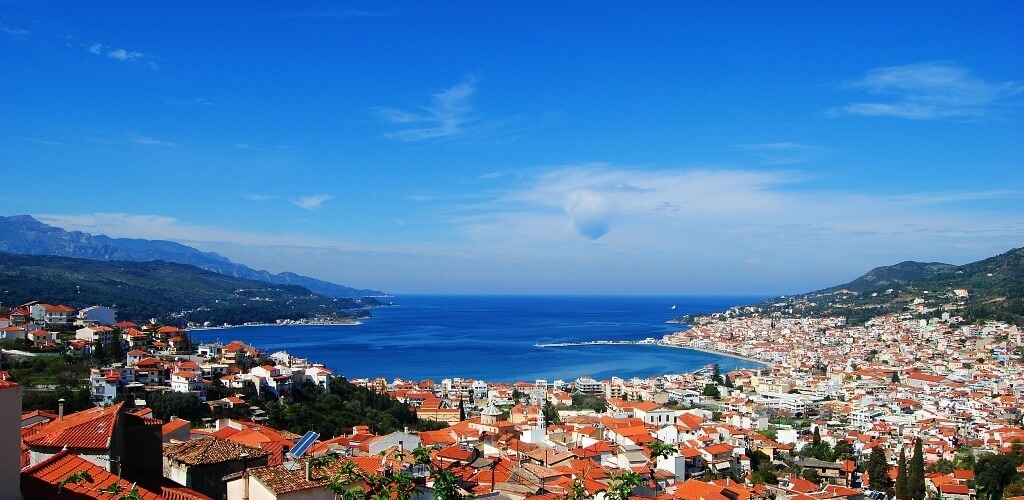
Samos, a legendary Greek island steeped in beauty, is found in the eastern Aegean Sea off the coast of Asia Minor (Asian Turkey).
Its proximity to the coast of Asia Minor has made Samos a link between the Greek and Turkish cultures, historically helping to forge the cooperation and friendship of the two cultures living across the water from each other.
Getting there is a breeze by just a 50-minute long flight or a scenic 13 to 15-hour-long ferry ride from Athens.
Arriving in Vathy, the capital of the island, do not miss an opportunity to visit the spectacular Archaeological Museum of Samos with its colossal statue of a Kouros, standing almost 5.5 meters tall, dating back to the sixth century BC. The exhibits are for the most part finds that were unearthed at the Ireon archaeological site on the island.
It is the island where the astronomer Aristarchus, who introduced heliocentrism, the astronomical model in which the planets revolve around the sun, formed his celestial theories.
Samos was also home to other brilliant men, including Pythagoras, the philosopher and the father of mathematics, and the philosopher Epicurus. The land was also home to the Greek historian Herodotus, who is often referred to as the “Father of History,” and Aesop, the Greek storyteller and fabulist.
It was also the mythical birthplace of Hera, the goddess of women, family, marriage, and childbirth. Hera was the wife, as well as the sister, of Zeus, serving as a defender of marriage and monogamy. She spent most of her time trying to prevent Zeus from being unfaithful and was said to torture the children he had from those affairs, including Hercules.
The island came into frequent contact with important Mediterranean cultures throughout its history since it was an important center of trade in the Aegean and a major naval force in ancient times.
Apart from its fascinating legends, the island has beautiful natural landscapes filled with color. The natural environment of the island makes one think of the Greek mainland in miniature form with its caves, canyons, and mountains (such as Mt. Kerkis and Mt. Ambelos) which receive large amounts of precipitation and have alpine winter temperatures.
Let us explore what this legendary island has to offer.
Heraion of Samos
According to the historian Herodotus, Samos was home to the largest temple in Greece. The temple, dedicated to the goddess Hera, features a sanctuary called the Heraion of Samos and is located in the southern part of the island.
Out of its original 155 huge columns, sadly only one stands today, but this ancient place of worship also includes the ruins of at least three earlier temples.
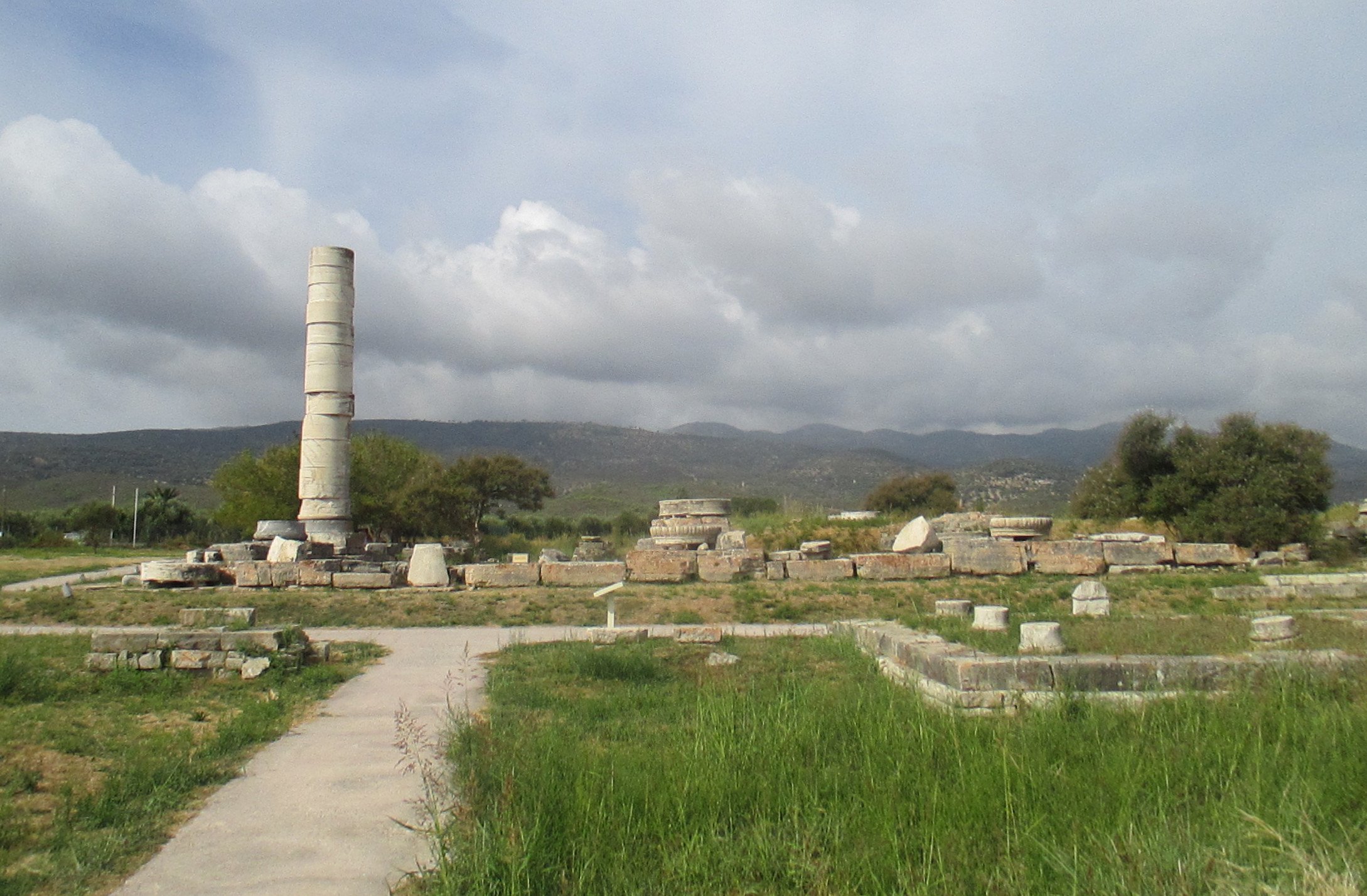
The Tunnel of Eupalinos
The Tunnel of Eupalinos is a tunnel for water which used to be the middle section of a huge aqueduct named Eupalinos. This is also the name of its architect who was a well-known engineer in ancient times.
The tunnel was constructed during the reign of Polycrates in the sixth century B.C. This tunnel bears witness to the great engineering knowledge possessed by the ancient Greeks. It is stunning to realize that the tunnel was constructed at a time when technology was not of much assistance.
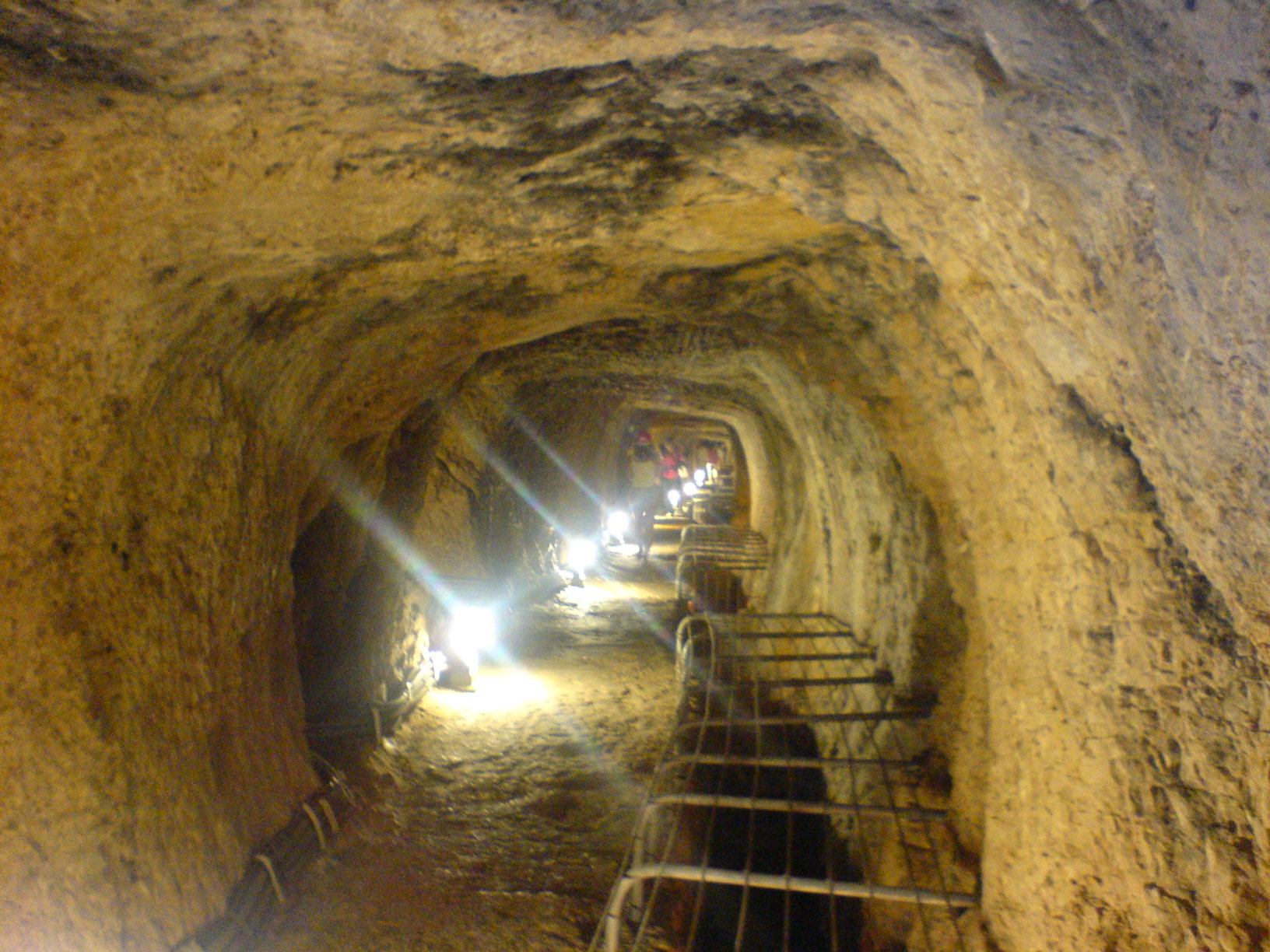
The Castle of Lykourgos Logothetis
Constructed relatively recently in the nineteenth century, the Castle was a great example of defensive architecture, and different remains of archaeological monuments were used to construct it.
The Castle received its name from Lykourgos Logothetis, the leader of the Revolution against the Turks. It played a significant role in the Revolution and was used as its headquarters.

The Roman Baths
The ruins of Thermes, the Roman bath complex which was constructed in the second century AD, are found just outside the town of Pythagorion. These ancient Roman baths were part of the athletic complex of the ancient city of Samos, which also included a stadium, a palaestra (a wresting school), and a gymnasium.
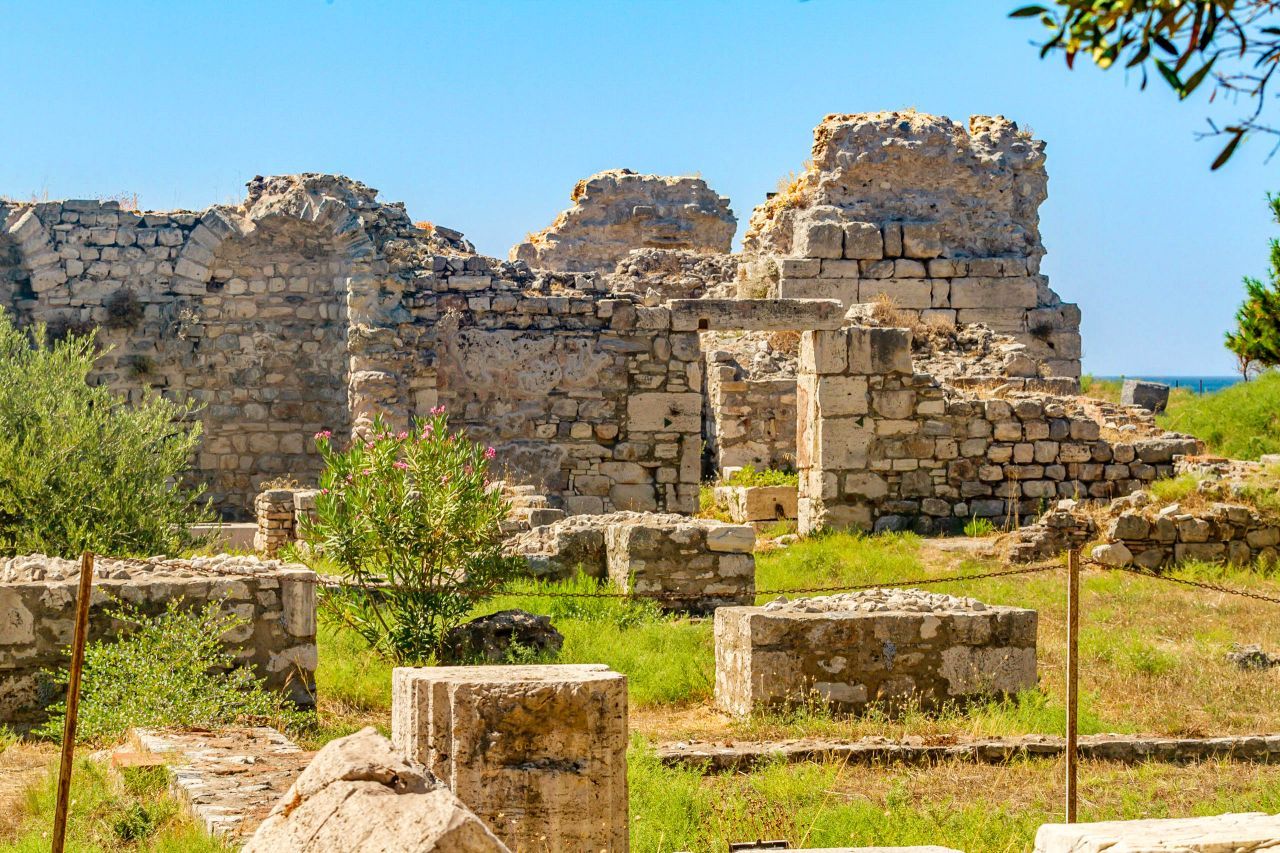
The Cave of Pythagoras
The Cave is where Pythagoras, a philosopher and the father of mathematics, found refuge from Polycrates, the tyrant of Samos, who was pursuing him. It is found on the eastern side of Mount Kerkis, the highest mountain of the Aegean.
There are actually two caves, one close to the other, and it is said that Pythagoras taught mathematics in one of them and lived in the other.
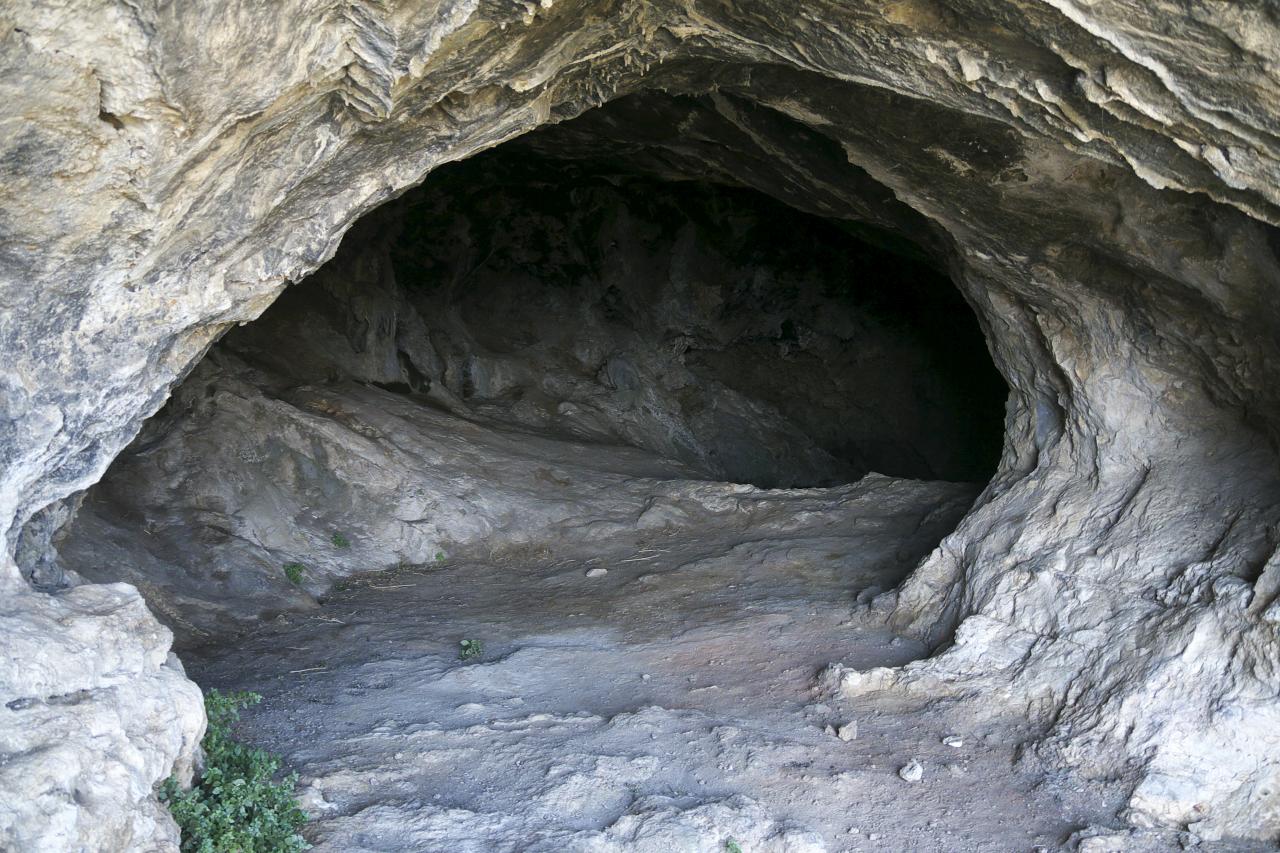
Things to do on the Greek island of Samos
Visit the convents of Zoodochos Pigi Aliotissa (Greek Ζωοδόχου πηγής = Life-Giving Force), which was founded in 1756 by the monk Dorotheus, as well as the monastery of Agia Zoni with its splendid library and the church of Timios Stavros with its impressive throne.
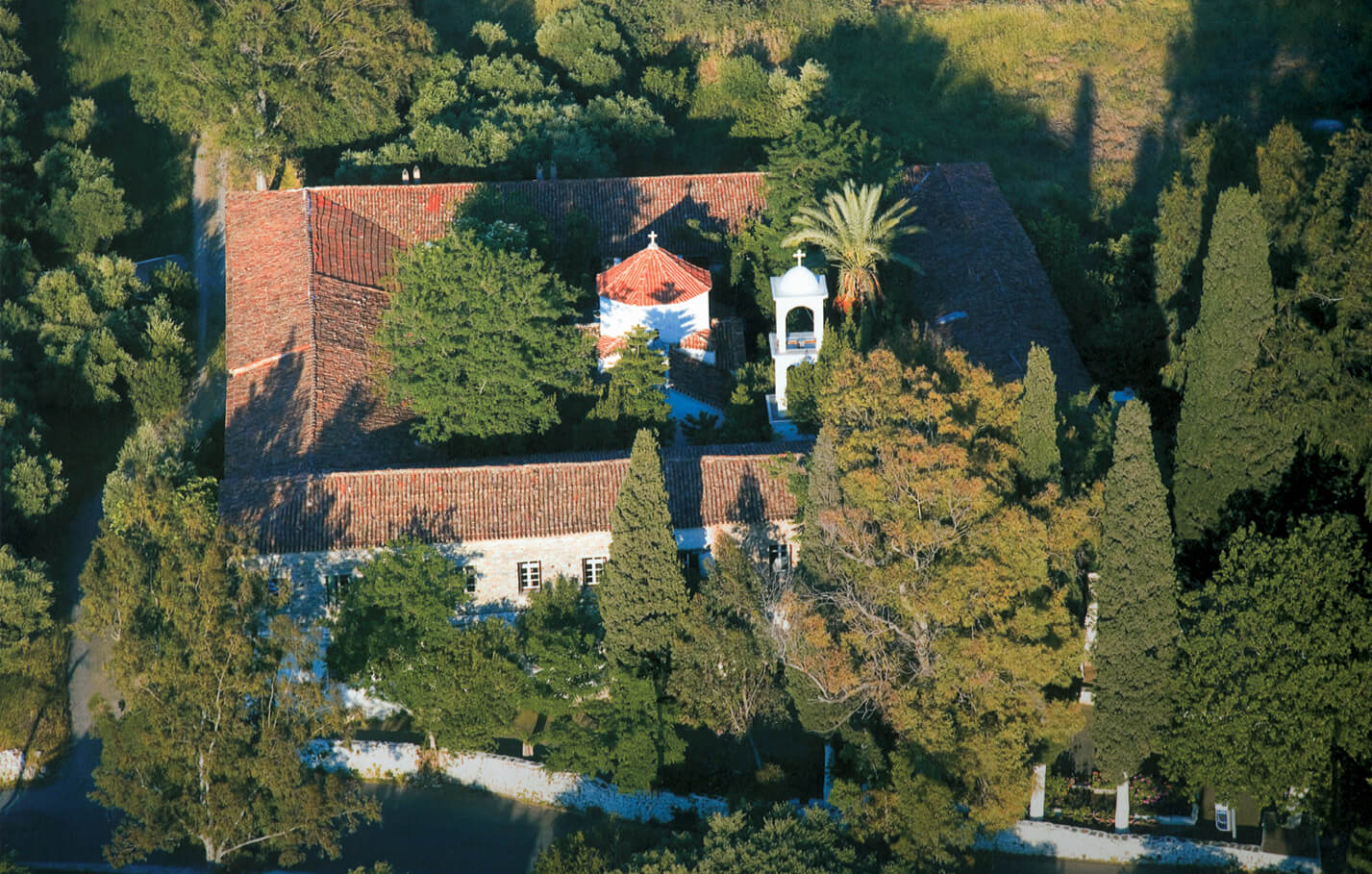
Built at the entrance of Pythagoras’ Cave, where the ancient Greek mathematician found refuge, are the steps up to the church of Panagia Sarandaskaliotissa. Be sure to climb these steps for a very worthwhile visit to this beautiful church.
Wander along old cobblestone streets, and see the stark beauty of a magnificent structure from the 16th century, the Sarakini Tower.
Walk along Mount Kerkis to its highest peak, named Vigla, which at 1,433 m (4,701 feet), makes it the second-highest peak in the Eastern Aegean. Along your hike, you will see dozens of species of birds of prey and even more rare species of plants, many of which are endemic to the island.
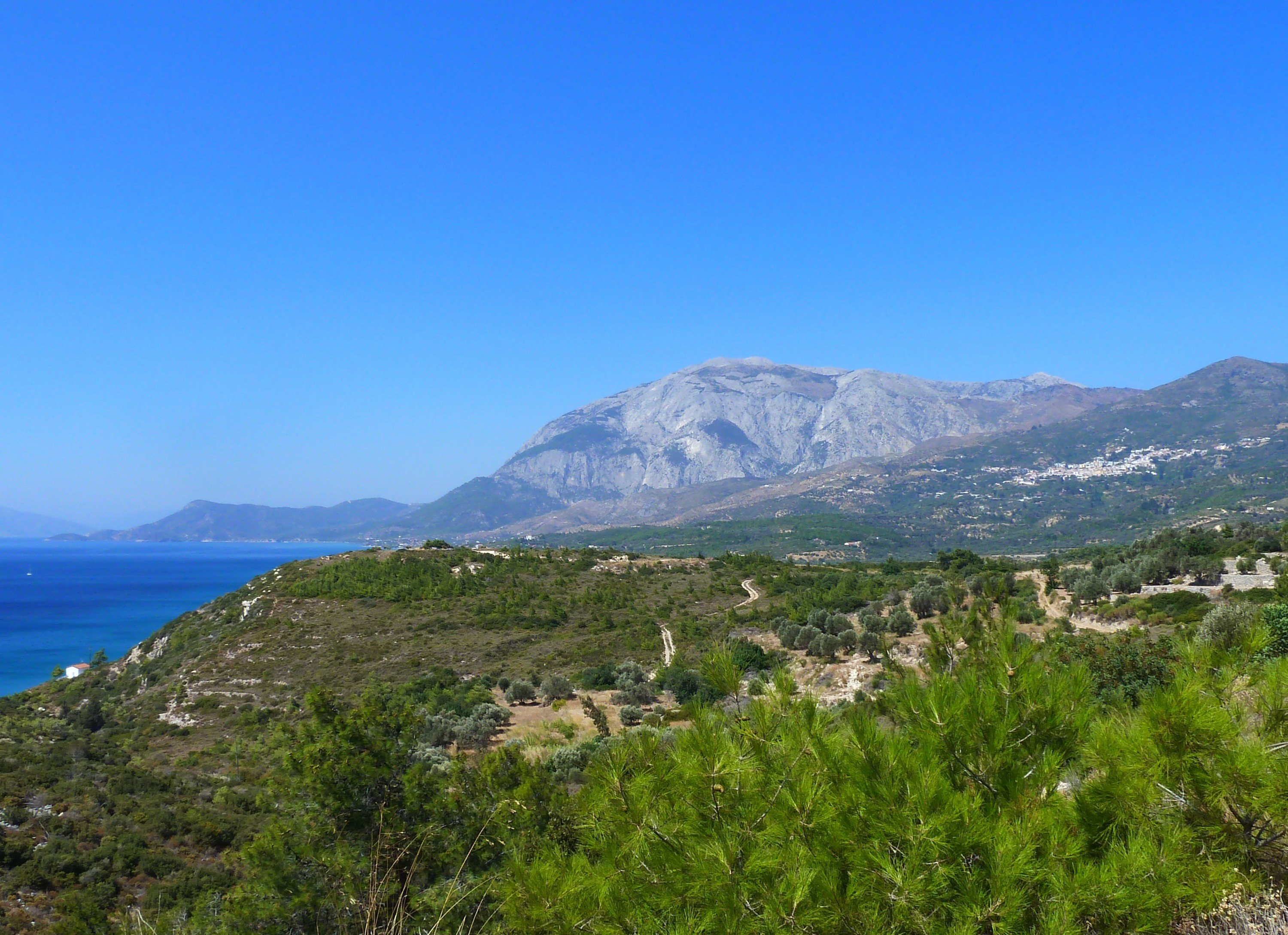
Unwind and really experience nature by taking a journey to Karlovasi Waterfalls. To reach the first waterfall, you have to enter the cold waters of a fifty-meter-long channel, and the water can reach up to your chest. If you feel like being even more adventurous, you can then try climbing up the side of the waterfall and continue exploring.
Returning to the point where the channel begins, you’ll see 50-60 wooden steps on your left-hand side. Take these steps, and before long, you’ll find yourself in front of a cozy wooden taverna. There, you can relax a bit, and perhaps grab a bite for some energy.
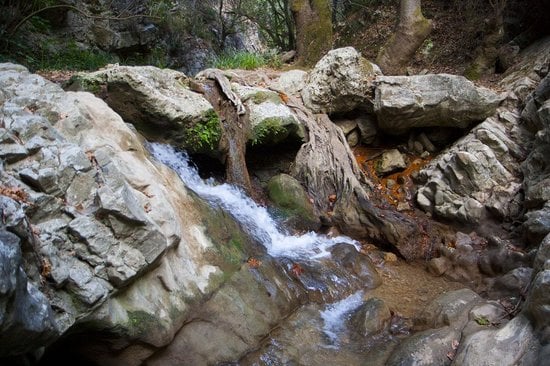
After your rest you will need to walk to reach the river which leads to the big waterfall, but you have to swim as well because, at that point, the water gets a bit deep. Make sure you have your swimsuit ready, and dive in and enjoy swimming at the foot of this spectacular, five-meter-high waterfall.
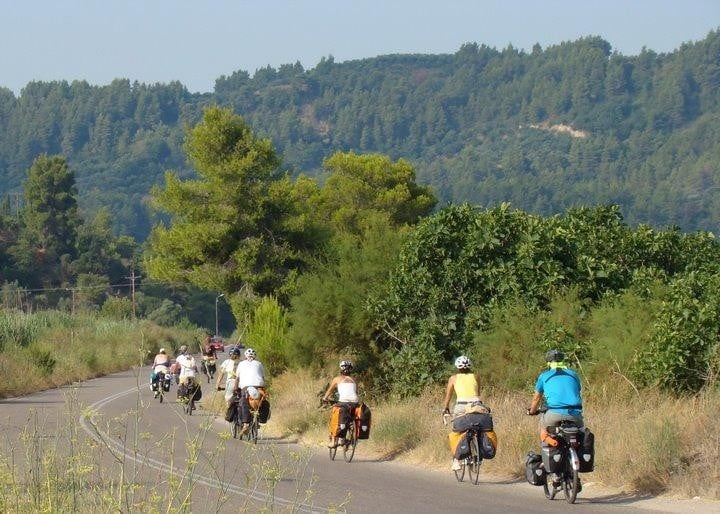
Lastly, you can also choose to cycle the island’s trails; however, it should be noted that the mountainous terrain of Samos is a challenge. An increasing number of mountain bikers visit the island’s trails every summer.
Of course, there are beaches too!
The island of Samos doesn’t just include great historical monuments, hiking trails, waterfalls, and mountains. It also features some of the most pristine beaches you’ll find anywhere.
Kerveli Beach
Located 7 km (4.3 miles) to the southeast of Vathy, the capital of Samos, Kerveli is a lovely, secluded beach. The unique features of this beach, which lies at the bottom of a hill, include white pebbles and beautiful, crystal clear, emerald waters.
Blissful shade is provided by the thick forest of pine trees surrounding the beach.
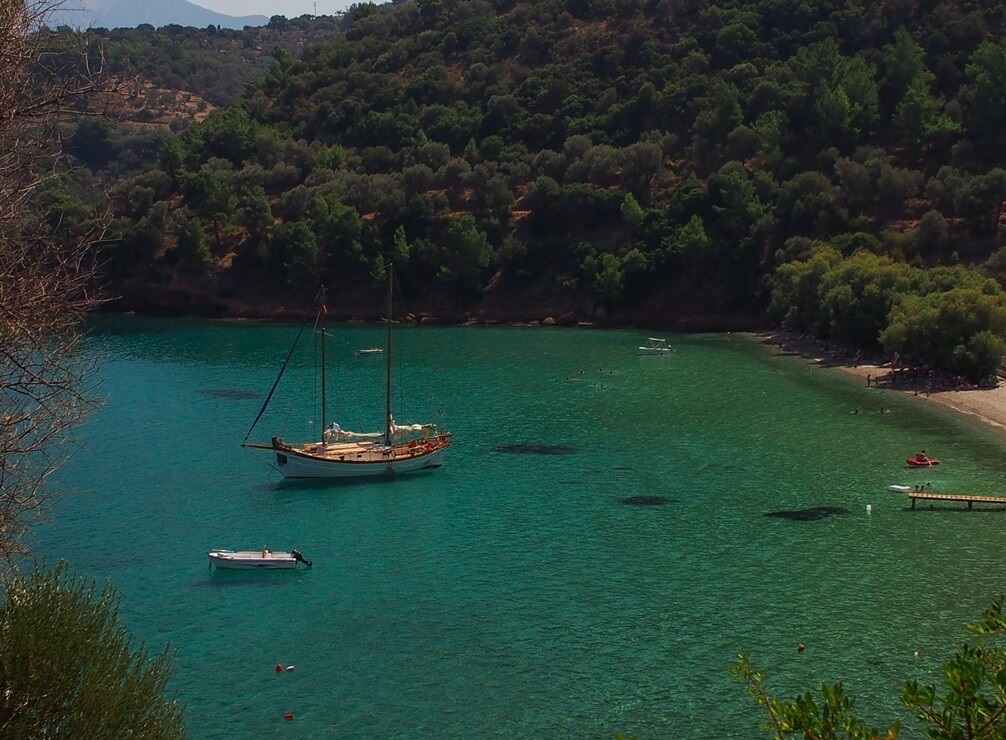
Psili Ammos Beach
Located 11 km (6.8 miles) south of Vathy, Psili Ammos Beach is protected from winds by cliffs, which creates a lovely feeling of isolation and refuge from the elements. Two tavernas are located near the beach and the pine trees. According to the people of Samos, one can hear the roosters across the sea in Turkey crow every day at dawn.
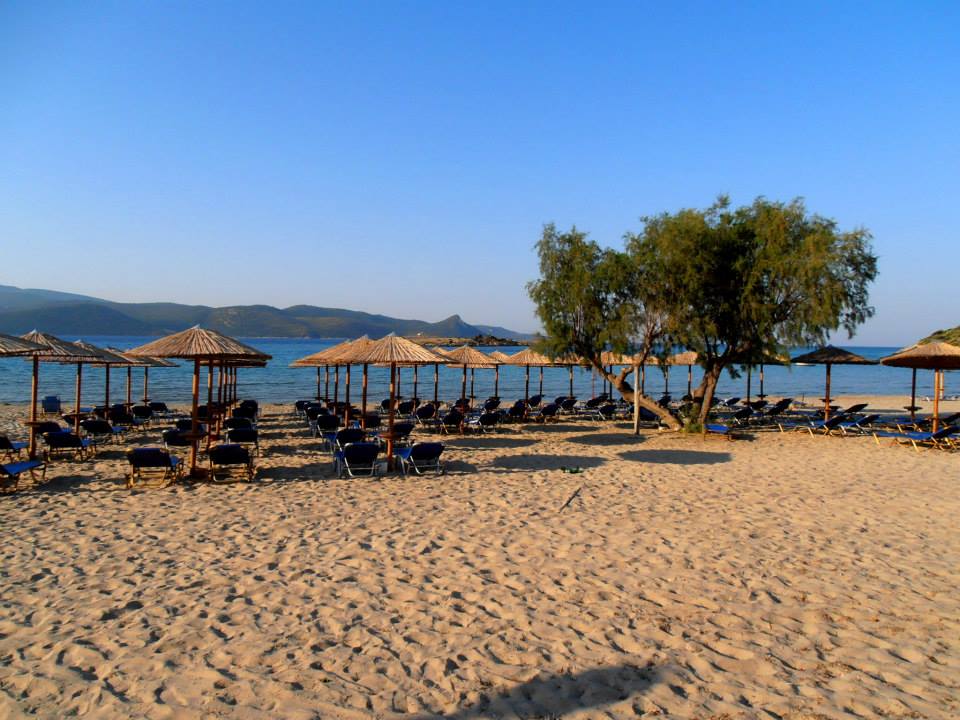
Posidonio Beach
Located 13 km (8 miles) southeast of Vathy, this lovely pebble beach has sapphire-blue waters which are protected from strong winds. Much like Kerveli Beach, Posidonio has tall pine trees that provide shade to swimmers and sunbathers.
Traditional fish tavernas are nearby, as well as a few accommodation options which are not far from the sea.

Heraion Beach
Located 17 km (10.5 miles) south-west of Vathy, Heraion, named after the temple of Hera which lies nearby, is a fishing village. Featuring sparkling waters for swimmers, it is protected from strong winds by the bay of Pythagorio.
The area around the bay has a number of cafeterias and fishing tavernas all along the shore.
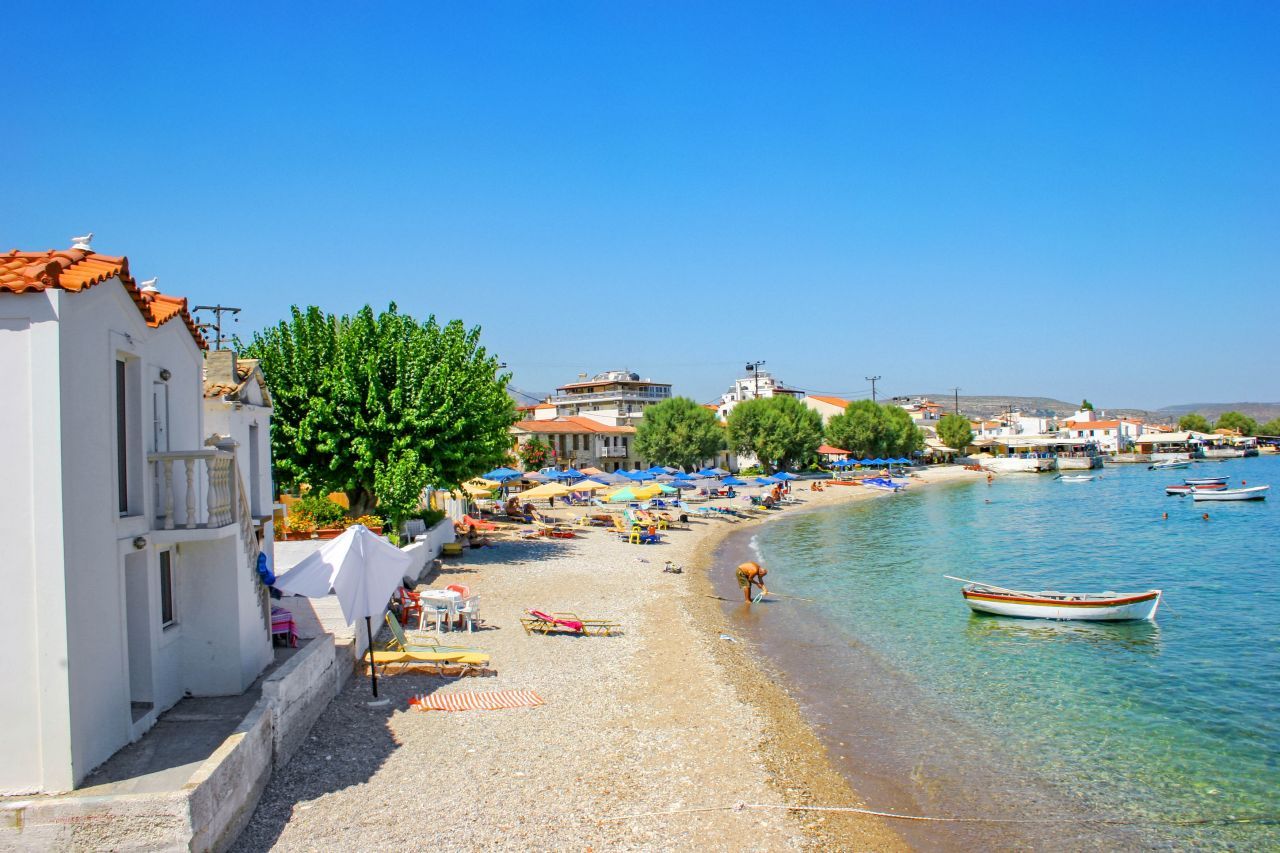
Tsamadou Beach
Among the most beautiful beaches on Samos, Tsamadou is a lovely crescent-shaped bay with emerald waters surrounded by lush greenery. A small path leads from the main road to this beautiful beach, which is lined with taverns serving delicious food, as well as a few beach cafeterias.
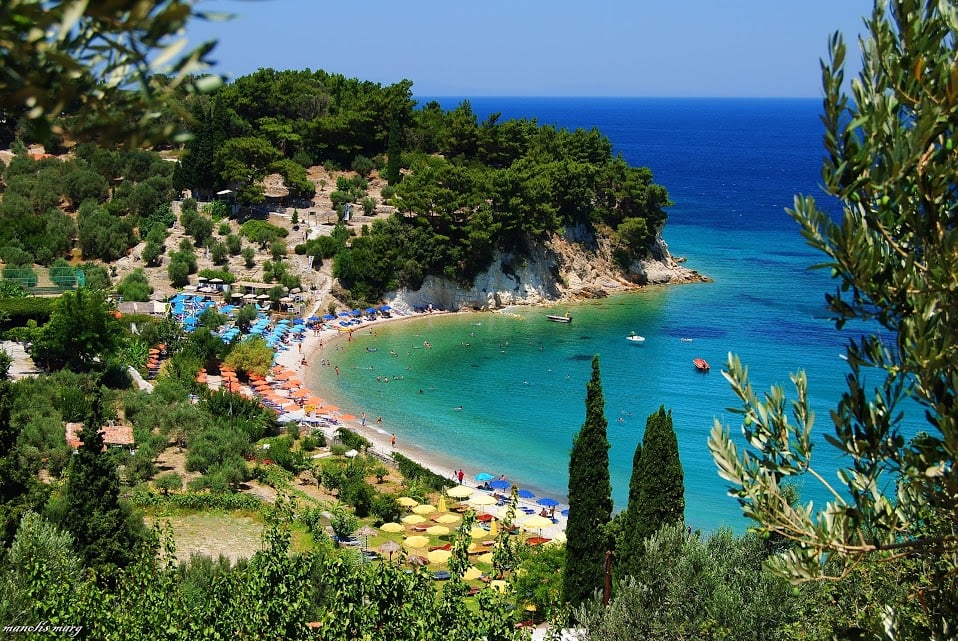
Wine
No visit to Samos is complete without tasting some of its most exceptional products, namely the excellent dry and sweet wines of the island. The unique qualities of its soil, its ideal climate, and strong Aegean winds make for the perfect environment for the cultivation of the internationally-renowned Samos Muscat grapes.
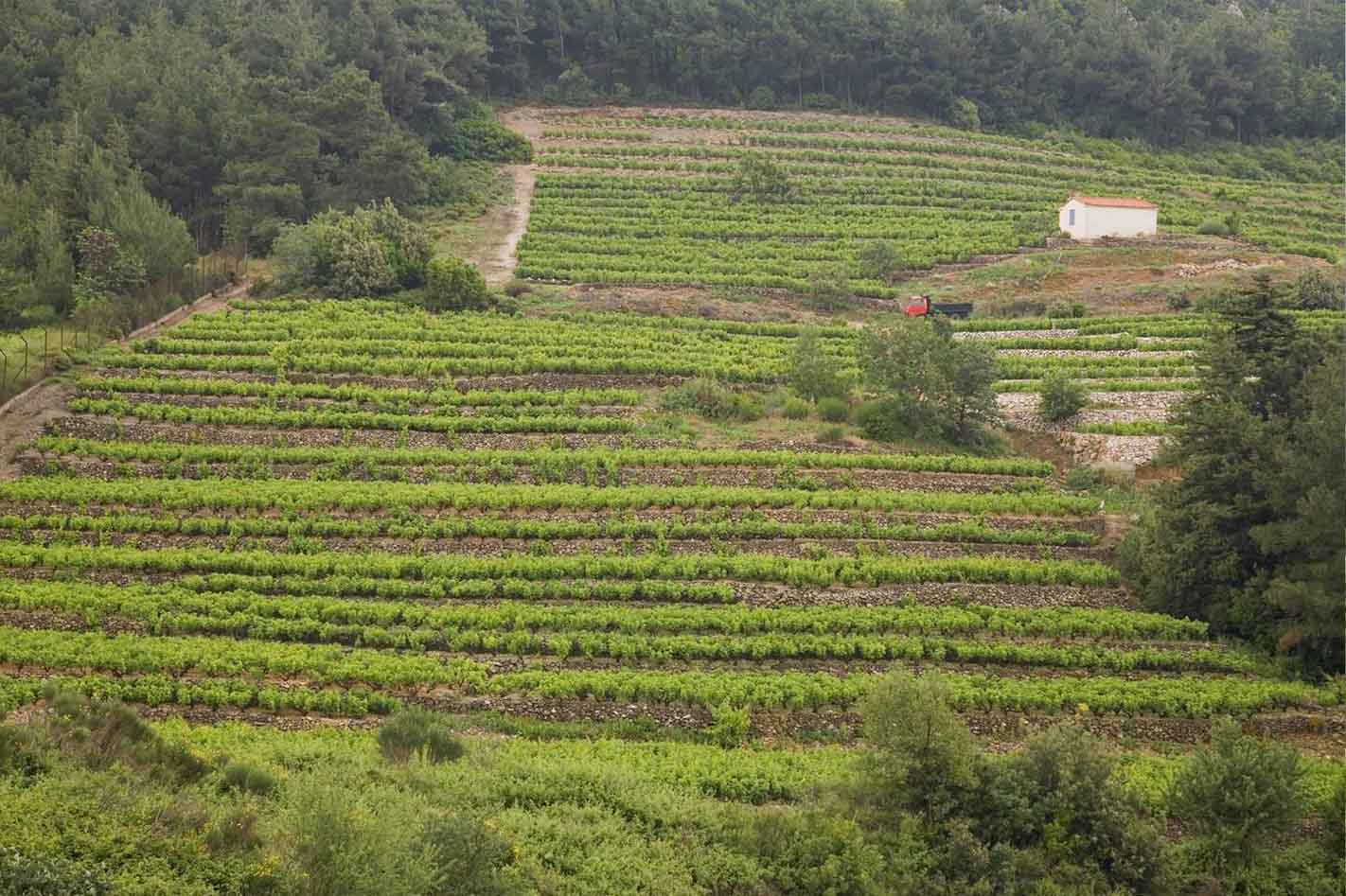
Luscious, sweet wines such as Samos Anthemis, Samos Grand Cru, Samos Nectar, and Samos Vin Doux are exquisite drinks when you are on the island, and taking a bottle or two home would be the perfect way to remember this amazing island after you leave.
Be sure to try all the different types of wine as you also sample all of Samos’ local delicacies, such as bourekia, katimeria (Samos’ version of pancakes), armogalo cheese, katades (turnovers), loukoumades, tiganites (more pancakes), and moustalevria (grape must pudding).
See all the latest news from Greece and the world at Greekreporter.com. Contact our newsroom to report an update or send your story, photos and videos. Follow GR on Google News and subscribe here to our daily email!



